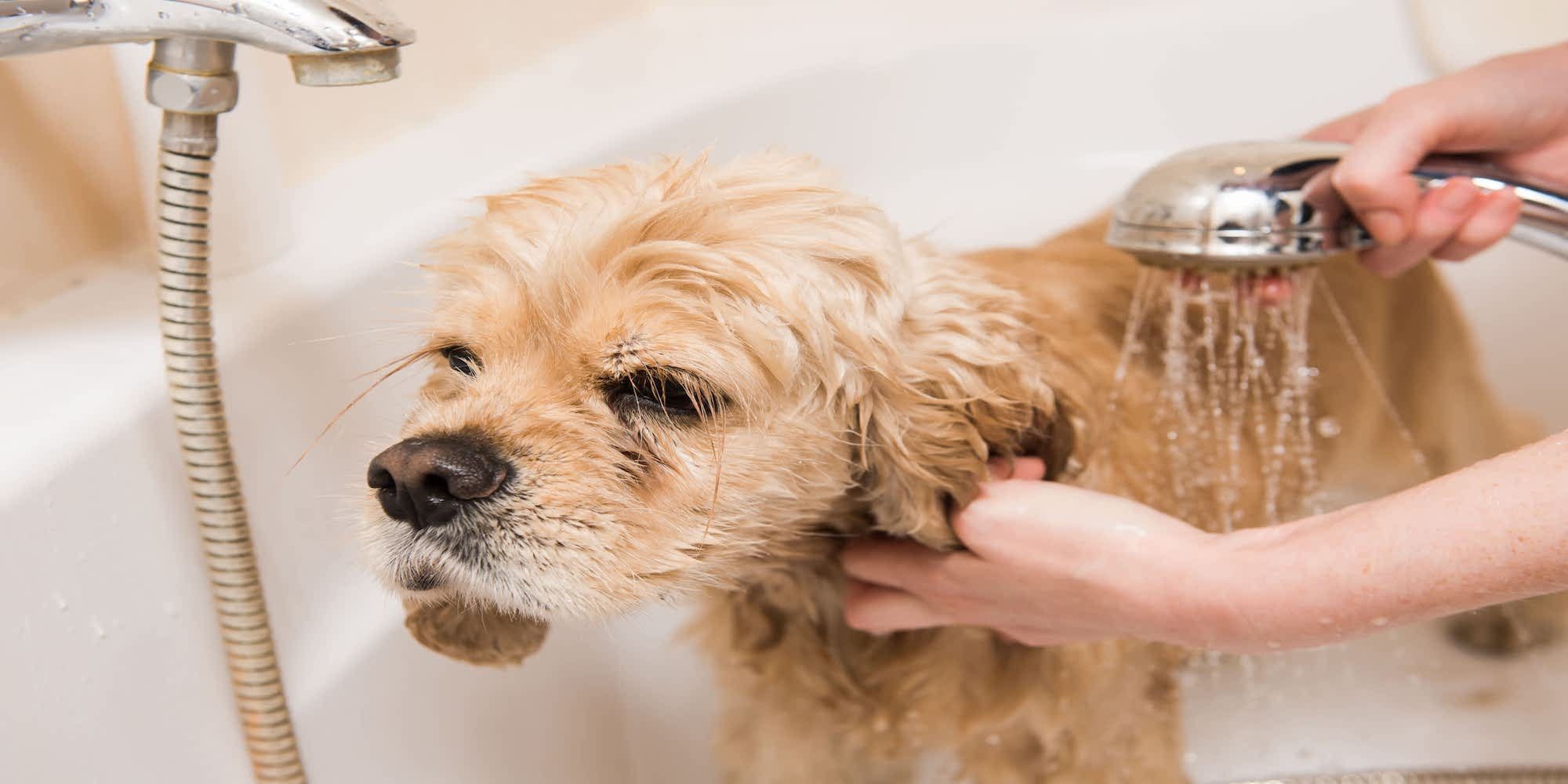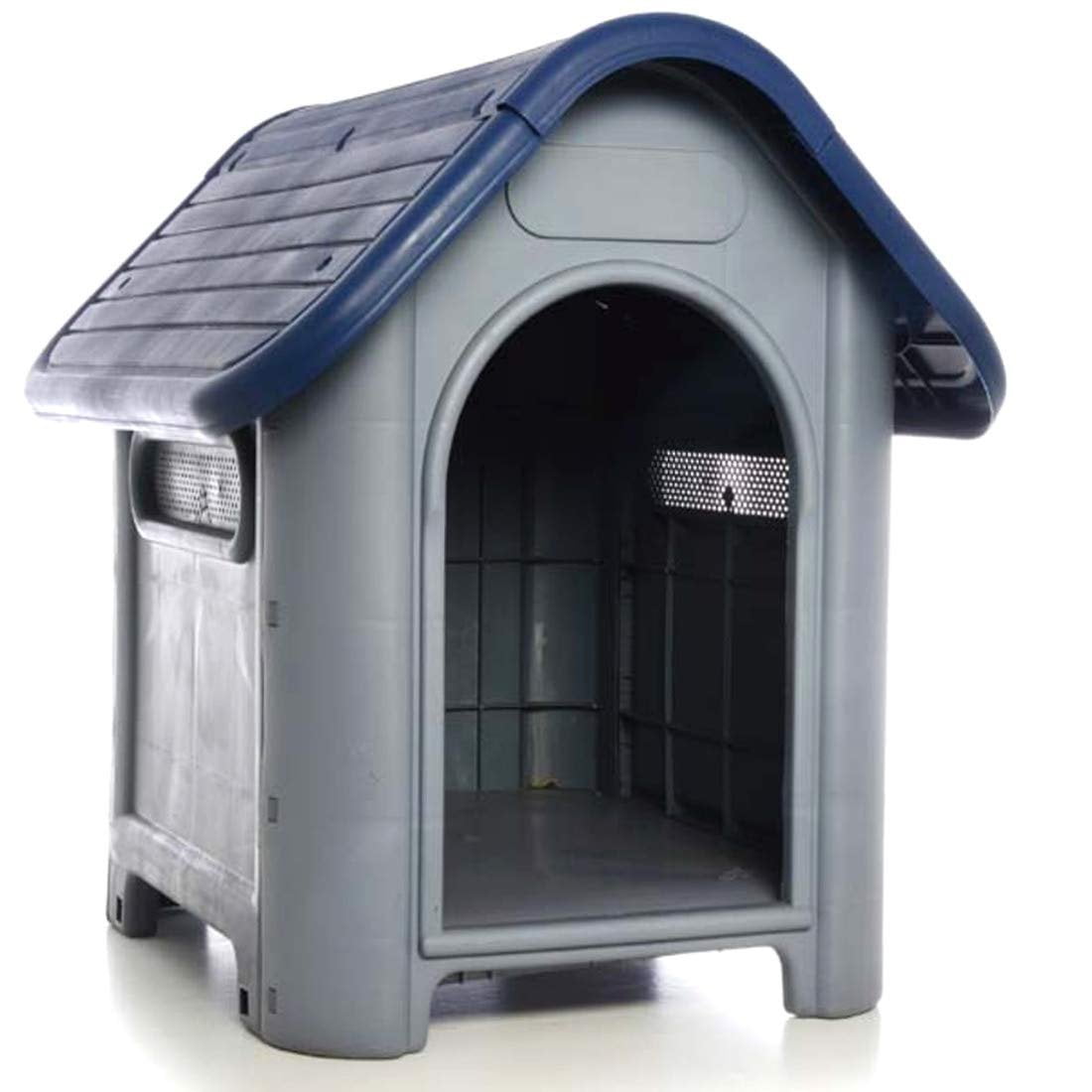Table of Content
- How to Help a Rescue Dog Adjust
- The relationship between the owner and his dog
- Please ‘SHARE’ to pass on this story to a friend or family member
- Northshore Humane appeals to community: Keep our dogs warm
- Take a Shelter Dog Out for the Day
- Recipe: Grain Free Dog Treats with Coconut Flour
- Man Takes Old Dog From The Shelter So He Doesn’t Die In There Alone
Our Adoptable Dog of the Week is Lollie, a little over 2.5 years old American Pitbull Terrier Mix from Dayton, Ohio. She is spayed and will be microchipped and up to date on her vaccines prior to her adoption. She was confiscated from a bad situation with multiple other dogs, but her past hasn’t left a mark on her character. Lollie’s a happy-go-lucky dog with a positive attitude and all she wants is to be snuggled all day long.

This massive amount of shelters does wonders in providing the necessary space to take in and find homes for the 3.3 million dogs entering shelters annually. The percentage of shelter animals that are dogs varies quite a bit by region, but it's generally around 25-50%. Differences in population largely depend on the feral cat population in an area -- a factor that can overwhelm the capacity of a shelter. While it may be nice to see that 1.6 million dogs are being adopted every year, more than double that number is entering shelters yearly according to the ASPCA. Since 2011, the number of dogs has decreased from 3.9 million to 3.3 million, but there's still a long way to go to fill in the gap.
How to Help a Rescue Dog Adjust
In recent years, these dogs are becoming less and less. The foster program also gives staff a break from the stress of caring for the over 400 animals in their care. Do you have other tips that helped your dog adjust to its new home? Share them in the comments below; your story could help countless dogs have smoother adjustments by empowering their owners.

Many shelters and shelter homes carefully check out potential owners. You may have to fill out a detailed questionnaire. And agree to a periodic vetting of the animal’s condition and living conditions. Furthermore, if you do not own a home, do not have a steady income, or are a senior citizen, the shelter may turn you away.
The relationship between the owner and his dog
If they bark when your partner gets home from work, start a new routine where you go to the treat cupboard when the back door opens. If the dog is toy motivated, throw their squeaky toy. Many dogs will forget about barking and play or sit for treats instead. If your dog is not eating, mix a little cooked chicken & rice in with their food. If they have diarrhea, try a few meals of chicken and rice then slowly start transitioning back to their food if the diarrhea subsides.

Even if another dog starts a fight and your dog is larger, most courts will find your dog is guilty of injuring the other dog, No one ever said that life is fair. You can find a most comprehensive policy through Dean Insurance Agency, Inc formed in 1994 the agency is licensed in all states . The policy can be purchased online in minutes at the policy is issued within minutes of the purchase.
Please ‘SHARE’ to pass on this story to a friend or family member
You might want to pick up some yummy treats as well, especially if you plan to train your new dog with a food reward. Treats are also a good way to get the dog to start trusting you and feel more relaxed. Founded in 1884, the not-for-profit AKC is the recognized and trusted expert in breed, health, and training information for all dogs. AKC actively advocates for responsible dog ownership and is dedicated to advancing dog sports. If you’re looking for a specific breed, there are many rescues that specialize in purebred dogs. However, mixed breeds can be wonderful companions too.
If you’re unsure of what signs to watch for, check out this video on safety at the dog park. Amy Tokic, Editor of PetGuide.com, is a passionate animal lover and proud pet parent of Oscar, a Shih Tzu/Chihuahua cross, and Zed, a Japanese Chin. Her love of animals began in kindergarten, when she brought her stuffed dog Snoopy into class with her every day. Now, she writes about her adventures in pet ownership and tirelessly researches products, news and health related issues she can share with other animal enthusiasts. In her free time, Amy loves perusing used book and record stores, obsessing over the latest pet products available and chasing squirrels with wild abandon .
Dogs crave structure and predictability, so training your new dog properly from the start is one of the best things you can do for your new pet. Nowadays it is very common to see ads that suggest taking a dog from a shelter. On the one hand, this is a great option to help a street dog find a family. But on the other hand, the owners of such a pet are not even aware of the difficulties that may arise. Often with dogs taken from the shelter, there are many difficulties, because of which the potential owners very quickly return them back. You will be amazed at the signs you may be missing because you aren’t aware of, or observing, your dog’s body language.
ThumpingThis cartoonish behavior signifies that your rabbit is scared or senses danger. In the wild, rabbits would thump to warn other rabbits to watch out for a threat, so if your bunny is thumping, something definitely scared them. If they are softly, quietly grinding their teeth, for instance when you are petting them, it’s a sign of feeling content. Whatever the reason, the message is loud and clear – your pet is displeased.NudgingHey human, notice me! That’s essentially what your rabbit is trying to convey when they are nudging you.
However, dogs may end up in a number of different homes through no fault of their own. Shelters and rescues have so many different dog breeds and mixes to choose from that it may be difficult to choose the appropriate dog for your family. It’s important to think about what kind of energy level and personality will fit into your lifestyle, as well as what type of features or characteristics appeal to you most. In the eyes of many pet owners, “Don’t shop, adopt” is the best advice. However, before taking a dog home from the shelter, it’s vital to do extensive research.

Discuss this with all the members of your family and be sure that you're all on the same page as far as the dog's daily routine, training and who will be caring for the new pet. It’s hard to explain it, and it's not the most science-based approach to adopting a dog, but perhaps fate draws you to a certain dog and not another. Even if it's a senior preloved dog, if you're drawn to that animal as much as the animal is drawn to you, then it may be your next best friend. Consider anything else that you may think might impact whether you're allowed to adopt a dog from a particular shelter or not, and if possible, fix any potential issues. As noted above, you're likely to be asked questions by the shelter.
These aren't only handy, but are essential – every house dog must learn them for everyone's safety. First, it is more cost-effective for you to adopt a shelter dog. Buying a dog from a store or breeder, even if it's a reputable breeder, means extra vet bills and health expenses (e.g. puppy shots) which can be costly. Shelter dogs are up-to-date on vaccinations, are spayed/neutered and their underlying health problems have been addressed.

These dogs are in a new environment with new animals and new people coming in daily. You can't always judge a dog based on his behavior in an animal shelter environment. Most animal rescue organizations and animal shelters have what they call “pet counselors”. These professionals are well-versed in pet adoption and can help you choose the right dog and breed.
Shelter dogs, unlike pups from a reputable breeder, may have a lengthy and often traumatic past. Now you need to find a great dog and pick one of these breeds that have high intelligence and are considered easy to train. You’ll want to ask these questions first to make sure it’s the right fit for your family.
Attempts to provide care can help to lessen these symptoms and relieve the anxious state, but not always. As a result, a deficiency of immunity, ulcerative processes in the stomach, and fur problems are inevitable. Stomach pains lead to chewing and swallowing inedible items as an attempt to relieve pain, but it only aggravates indigestion. As a result, the dog begins to suffer from fecal incontinence.

No comments:
Post a Comment